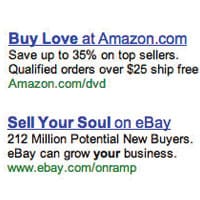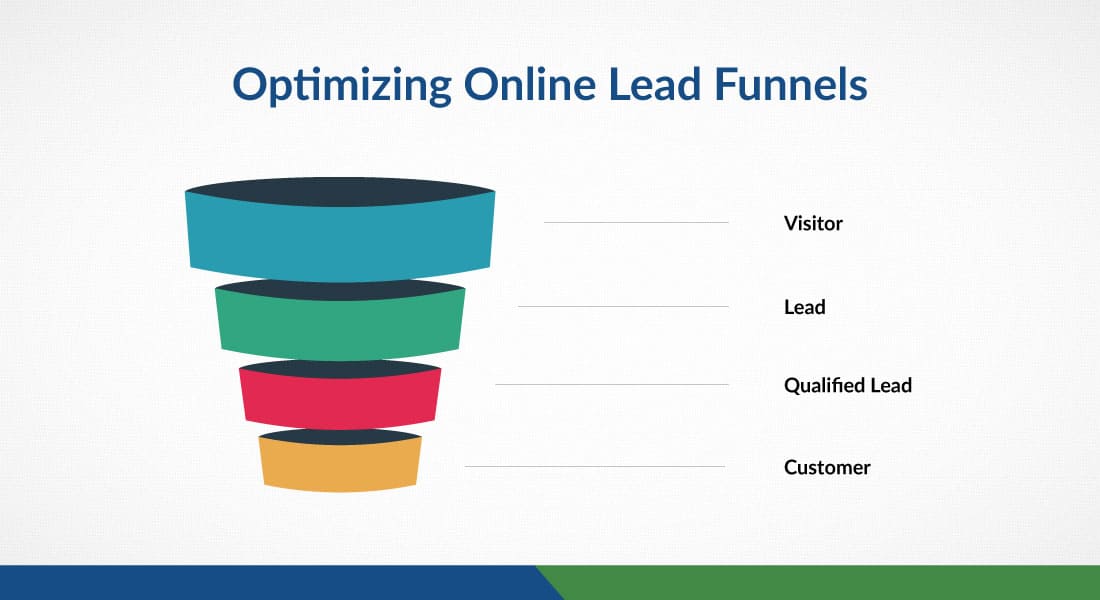
Google Ads Brand Campaigns: A Strategic Guide for C-Level Executives
The Challenge of Rising Costs in Branded Campaigns
Branded campaigns are essential for maintaining brand visibility and capturing high-intent traffic. However, they often face the challenge of rising costs due to increased competition and the broad nature of keyword matching. Advertisers may find their ads appearing for irrelevant or low-value searches, leading to inefficient use of budgets. Many advertisers report up to 45% increases in cost-per-click for branded campaigns in just the past three years. The need for more precise control over where and how ads appear is more pressing than ever.
In the ever-evolving landscape of digital advertising, maintaining control over brand presence and advertising spend is a critical concern for businesses. Google Ads, being the dominant platform, continually updates its features to help advertisers manage their campaigns more effectively. Two such features—Brand Inclusions and Brand Exclusions—have been introduced to provide greater control over how your ads interact with brand-related search queries. This guide delves into these features, their strategic implications, and how they can be leveraged to optimize your advertising efforts.
Understanding Brand Inclusions and Exclusions
Brand Inclusions and Brand Exclusions are tools designed to address these challenges by refining keyword matching and controlling ad placements concerning brand-related queries.
- Brand Inclusions: This feature allows your ads to show only for searches that include specific brand names you select. Even when using broad match keywords, which traditionally cast a wide net, Brand Inclusions ensure your ads appear only when the user’s search query contains your specified brands.
Example: A retailer can set their broad match keyword “running shoes” to only trigger ads when a user searches for “Nike running shoes” if “Nike” is included in their Brand Inclusions list.
- Brand Exclusions: Conversely, this feature prevents your ads from appearing for searches that contain specific brand names you wish to exclude. It’s particularly useful for avoiding competition with certain brands or preventing your ads from showing alongside unrelated brand searches.
Example: A company might exclude the brand name of a close competitor to prevent their ads from showing when users search specifically for that competitor.
Addressing Rising Costs with Brand Controls
Implementing Brand Inclusions and Exclusions can help mitigate the issue of rising costs in branded campaigns by:
- Enhancing Relevance: Ensuring ads appear only for relevant brand-related searches increases the likelihood of engagement and conversion. This is especially important for brands that include generic words related to product, service or location, such as “Colametrix Supplements,” “Colorado Ski Gear,” or “Neuvang Converting Machines.”
- Reducing Wasted Spend: By filtering out unwanted brand queries, advertisers can allocate budgets more efficiently. Google is eager to create bidding wars for branded terms if you permit them.
- Improving Quality Scores: Relevant ad placements can lead to higher Quality Scores, potentially lowering cost-per-click (CPC).
However, it’s important to recognize the limitations:
- Incomplete Exclusions: Brand Exclusions may not catch all variations, such as misspellings or foreign language terms.
- Broad Match Dependence: Brand Inclusions require the use of broad match keywords, which may still capture unintended queries if not closely monitored. Negative keywords and excluded sites must still be utilized.
Key Differences and Strategic Use Cases
Brand Inclusions are for expanding reach while maintaining control. They are ieal for campaigns aiming to broaden their audiences without sacrificing brand relevance.
Brand Exclusions are for protecting brand integrity and controlling budgets. They are essential for avoiding associations with certain brands that may not align with your brand values. Most importantly, they help reduce spending on clicks from users seeking other brands, thus optimizing budget use.
Interaction with Broad Match Keywords
Broad match keywords are designed to match a wide array of search queries, including synonyms and related terms. When used with Brand Inclusions, they can capture a larger audience that may be interested in your specified brands. Google’s AI algorithms can also optimize ad delivery using additional data points from broad matches.
There are drawbacks to broad match keywords as well. Without careful monitoring, ads may still appear for less relevant queries. Because of their complexity broad matches require diligent oversight to ensure alignment with campaign goals, which may add to the cost of campaign management.
Brand Inclusion and Exclusion Limitations to Consider
- Misspellings and Variations: Brand Exclusions may not automatically exclude all misspelled or variant forms of a brand name.
- Performance Max Campaigns: These goal-based campaigns utilize automation across all Google channels, and Brand Exclusions may not be fully effective within this format. Performance Max campaigns are notorious for draining budgets on useless ad placements and must be controlled carefully.
- Manual Effort: Creating exhaustive lists for exclusions can be time-consuming and may still not cover every unwanted query.
Effective Implementation Strategies
To maximize the benefits of Brand Inclusions and Exclusions:
- Develop Comprehensive Brand Lists: Include common misspellings, synonyms, and variations in your inclusion and exclusion lists.
- Leverage Negative Keywords: Use negative keywords in conjunction with Brand Exclusions to enhance precision.
- Monitor Search Term Reports: Regularly review these reports to identify any unwanted queries and adjust accordingly.
- Stay Informed on Updates: Google Ads frequently updates its features; staying informed ensures you can adapt your strategies promptly.
- Utilize Smart Bidding: Combine with Smart Bidding strategies to optimize bids for conversions or conversion value.
Beyond Brand Controls: Additional Tactics
While Brand Inclusions and Exclusions offer significant control, consider these additional tactics to manage costs and improve campaign effectiveness:
- Audience Targeting: Refine who sees your ads based on demographics, interests, and behaviors. Skilled ad managers can create productive audiences.
- Ad Scheduling: Display ads during peak performance times to maximize ROI. Many B2B businesses may benefit from showing ads only on weekdays, for instance. Eliminating ads from running outside the time zones where you do business can reduce unwanted ad clicks and the costs associated with them.
- Geotargeting: Focus on high-performing geographic locations. If most of your quality ad conversions come from major areas, spend your money there. This is same logic as not paying for a billboard on a back road in the high desert.
- Continuous Optimization: Regularly test and update ad creatives, landing pages, and bidding strategies. Market landscapes and customer preferences change rapidly, as do Google’s mechanisms for reaching them. If you are not evaluating campaigns at least weekly, you are probably falling behind your competitors.
Conclusion
For C-level executives aiming to optimize their company’s digital advertising efforts, making sure your teams understand Google Ads’ Brand Inclusions and Exclusions and utilize them effectively is crucial. These features provide valuable tools for controlling brand-related ad placements and managing rising campaign costs. However, they are not a set-and-forget solution. Continuous monitoring, strategic planning, and adaptability are essential to fully leverage these tools.
By combining these features with broader optimization strategies and staying abreast of industry developments, businesses can enhance their advertising efficiency, protect their brand integrity, and ultimately achieve better ROI in their digital marketing endeavors.

Contact Us
Whether you’re a B2B software enterprise, an expanding services organization, or a demand generation team eager to elevate your initiatives, think of us as the marketing partner just next door: honest, responsive, and always with your success in mind.




